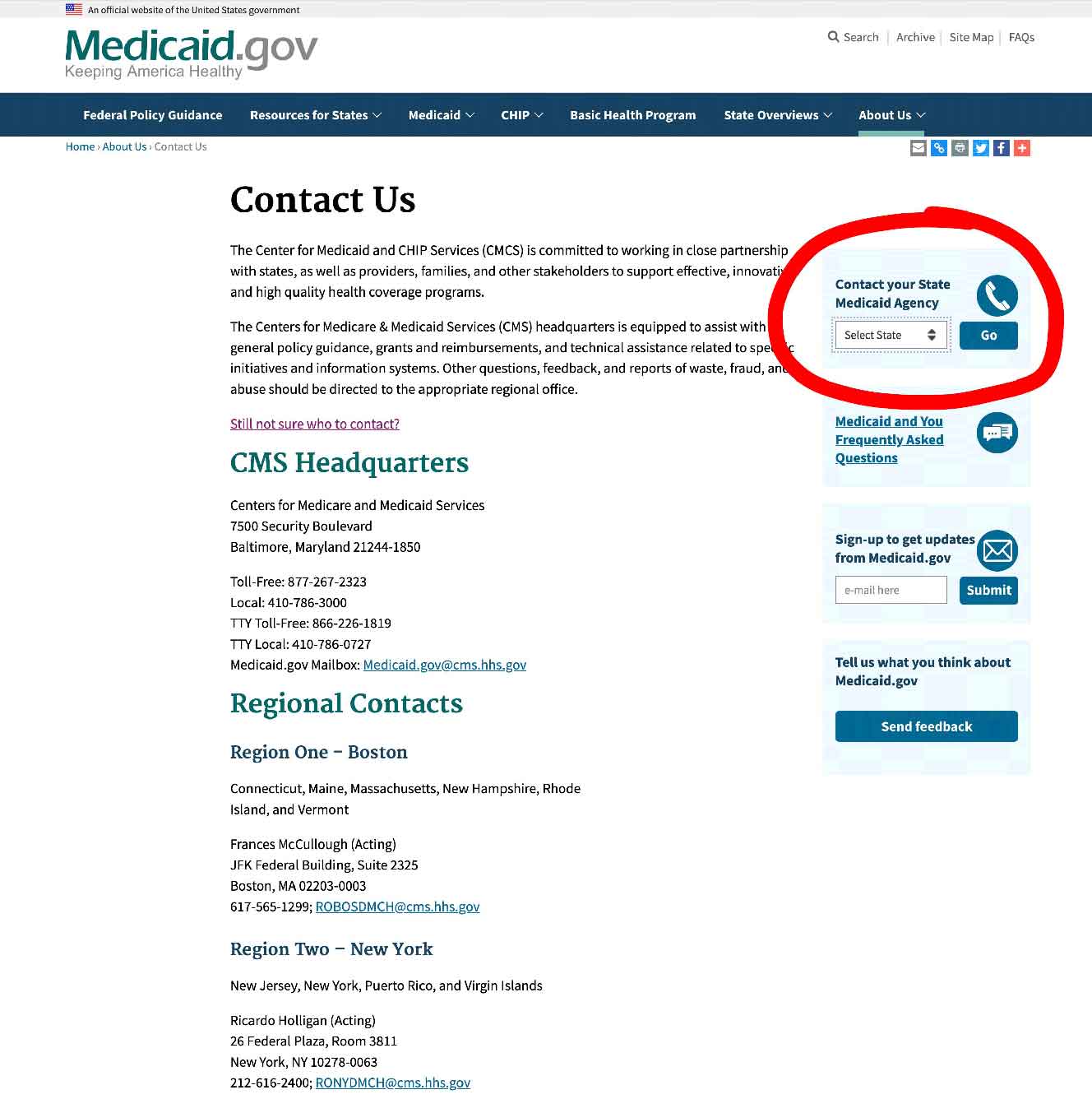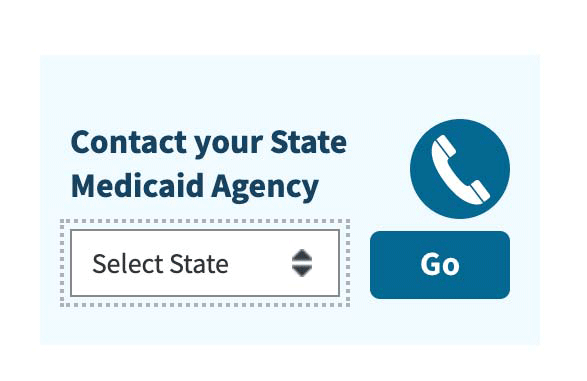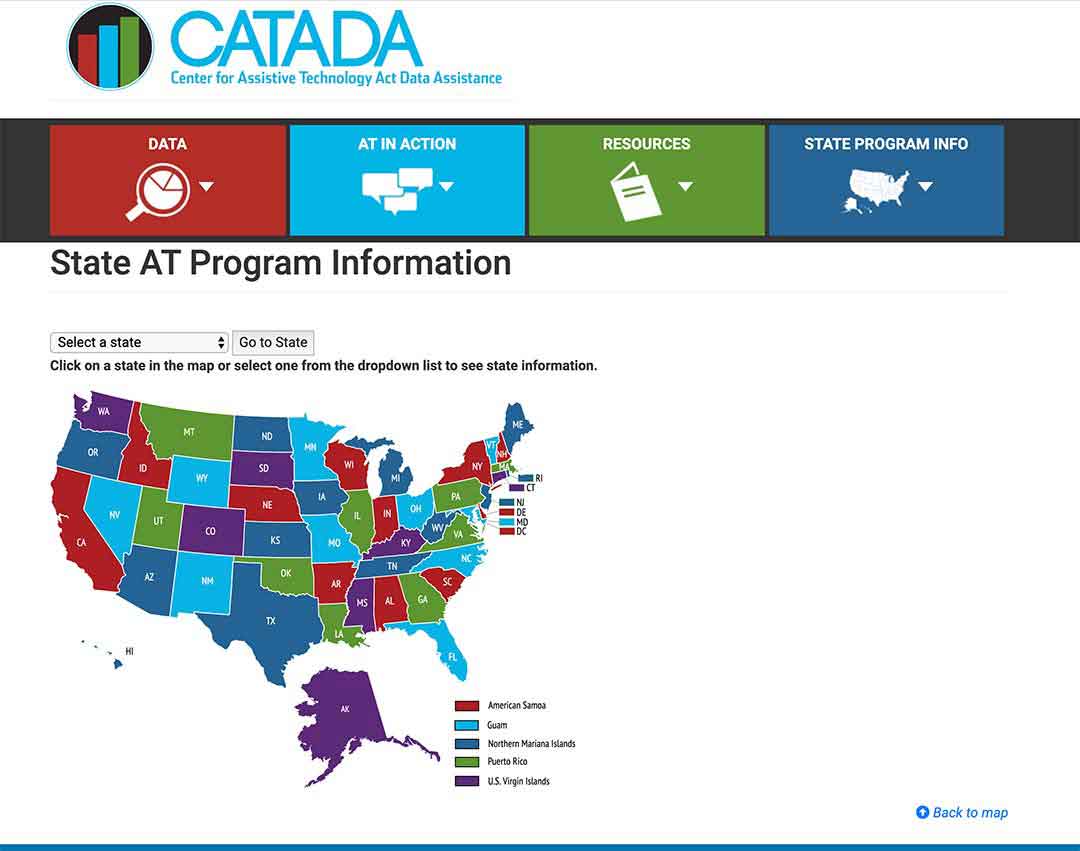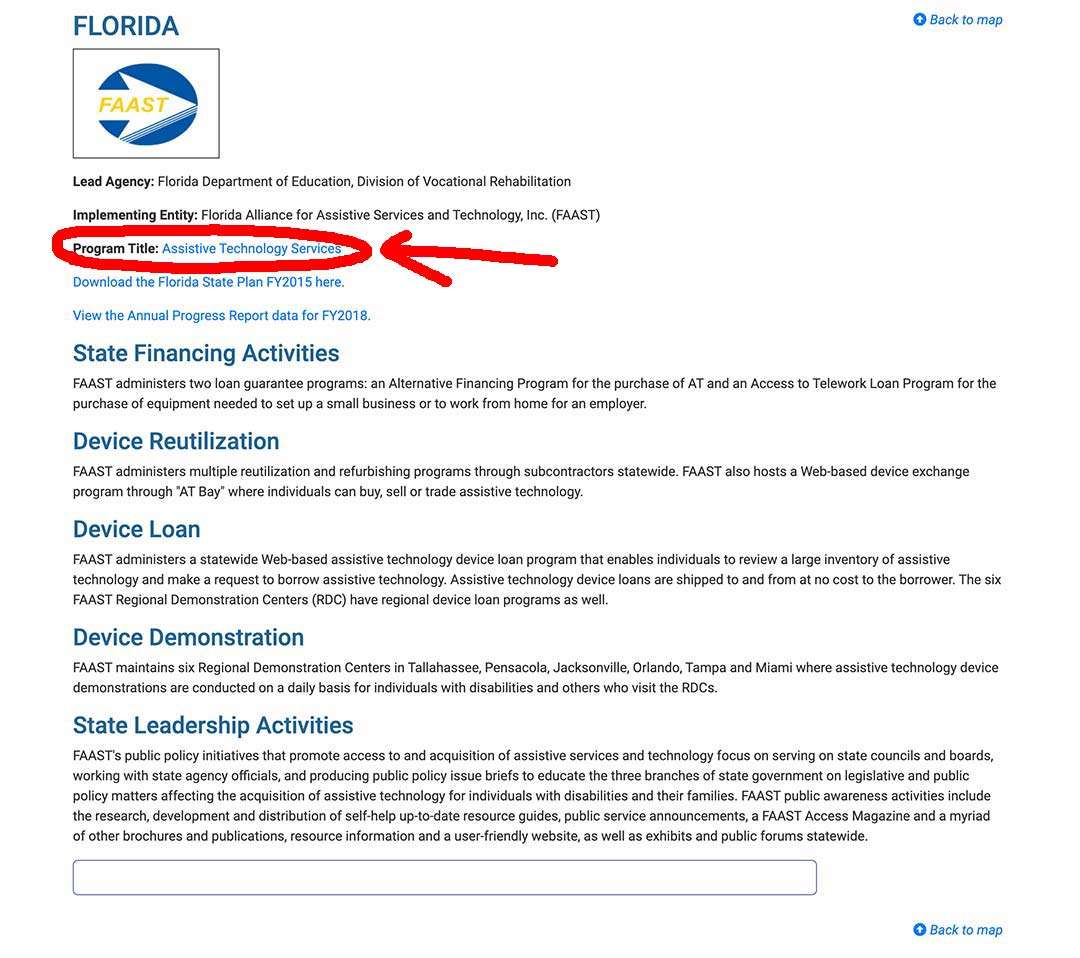As my mom has aged, I have noticed that it takes her more effort, and that it’s more difficult for her to sit up in bed at times. Then recently when she bruised her ribs in a slip, we actually considered getting a trapeze bar for her bed, so she could pull herself up, rather than push herself up.
Original Medicare Part B covers trapeze bars if they have been prescribed as “medically necessary” by a Medicare-enrolled physician according to the Medicare guidelines, and have been purchased from a Medicare-approved supplier.
A trapeze bar attached to a bed is partially covered if you already have a Medicare covered hospital bed and “if patient is bed confined and the patient needs a trapeze bar to sit up because of a respiratory condition, to change body position for other medical reasons, or to get in or out of bed”. – A trapeze which is attached to an ordinary bed is not covered.
A “Free standing” trapeze bar is partially covered if you do not have a medicare covered hospital bed and “if patient is bed confined and the patient needs a trapeze bar to sit up because of a respiratory condition, to change body position for other medical reasons, or to get in or out of bed”.
The text for the guidelines comes from the “National Coverage Determination (NCD) for Durable Medical Equipment Reference List (280.1)” implemented in 7/5/2005 and is available to all at CMS.gov.
Contents Overview & Quicklinks
What are Medicare’s qualifying guidelines for a hospital bed ?
What type of hospital bed will Medicare pay for ?
Does Medicare cover bathroom safety equipment ?
Will medicare pay for bathroom modifications ?
What equipment does Medicare cover ?
How can you get coverage from Original Medicare Part B for your DME ?
What’s the official procedure once you have the signed prescription ?
Find a local Medicare-enrolled DME Supplier near you ?
Do Medicare Advantage Plans cover trapeze bars ?
Durable Medical Equipment which is typically covered by Medicare if you qualify
Durable Medical Equipment which is typically not covered by Medicare
Free help with understanding Medicare
Does Medicaid cover trapeze bars ?
How to find the HCBS programs, waivers and 1915 waivers in your state ?
What’s the procedure for getting DME with Medicaid state waivers and HCBS programs ?
What are Medicare’s qualifying guidelines for a hospital bed ?
Original Medicare Part B will cover a hospital bed if you meet one or more of the following criteria:
- If you have a medical condition “which requires positioning of the body in ways not feasible with an ordinary bed. Elevation of the head/upper body less than 30 degrees does not usually require the use of a hospital bed, or”
- You require “positioning of the body in ways not feasible with an ordinary bed in order to alleviate pain, or”
- You require “the head of the bed to be elevated more than 30 degrees most of the time due to congestive heart failure, chronic pulmonary disease, or problems with aspiration. Pillows or wedges must have been considered and ruled out, or”
- You require “traction equipment which can only be attached to a hospital bed.”
Variable Height Hospital Beds – beds that allow the height of the bed to vary can be covered if you have met one or more of the principal criteria above, and require “a bed height different than a fixed height hospital bed to permit transfer to chair, wheelchair or standing position.”
Semi-electric Hospital Beds – can be covered if you have met one or more of the principal criteria above, and require “frequent changes in body position and/or has an immediate need for a change in body position.”
Heavy Duty Extra Wide Hospital Beds – can be covered if you have met one or more of the principal criteria above, and your “weight is more than 350 pounds but does not exceed 600 pounds.”
Extra Heavy Duty Hospital Beds – can be covered if you have met one or more of the principal criteria above, and your “weight is more than 600 pounds”
Total Electric Beds are not covered as they are deemed by Medicare to be a convenience feature, and they are “denied as not reasonable and necessary.”
The guidelines are from the CMS (Centers for Medicare and Medicaid Services) Requirements list for Hospital Beds and Accessories.
There is a much more technical document which you can read on CMS.gov – National Coverage Determination (NCD) for Hospital Beds (280.7) – here.
What type of hospital bed will Medicare pay for ?
Original Medicare Part B will not provide cover for just any adjustable bed, as I already said, but it will pay for –
- a basic fixed height hospital bed
- a semi-electric bed
- a heavy-duty bed
You have to meet the required criteria as laid out above in the previous section.
You can, though, sometimes, pay the difference out of your own pocket and get a fully electronic bed.
Will Medicare cover your bathroom safety equipment ?
Everything which Medicare helps to cover must be “medically necessary”, and if you read to the end of the article you will see that this differs from other state funding sources which work to help the elderly maintain their independence in their homes, creating a safe environment for them.
Medicare Part B only covers durable medical equipment, when it is “medically necessary”, as prescribed by a Medicare-enrolled physician, or treating practitioner.
Medicare Part B will not cover any of the following items for bathroom safety –
- grab bars
- raised toilet seats
- bath lifts
- bath seats
- floor to ceiling poles
- shower chairs
- bath chairs
- transfer seats
- toilet safety frames
Medicare considers all the above to be for comfort.
Luckily, Medicare does consider certain equipment for those with mobility issues as “medically necessary”, and if you qualify you can get –
- crutches
- walkers
- bedside commodes
all of which can be used in the bathroom as safety equipment.
If you have a Medicare Advantage Plan, you may be covered for some bathroom safety equipment.
In 2020 Medicare expanded the benefits that Advantage Plans are allowed to offer, and now benefits are allowed for individuals with chronic diseases, and some bathroom safety equipment may now be covered.
Will Medicare pay for bathroom modifications ?
Medicare will not pay for any bathroom, or home modifications, such as wheelchair ramps or remodeling rooms to make them safer or more accessible, even if medically necessary, as this is not covered by their durable medical equipment benefit.
But as you will see later, there are other programs, grants and benefits which will cover costs for home modifications if you qualify.
What equipment does Medicare cover ?
Original Medicare is willing to extend coverage to certain durable medical equipment, or DME, for use in the home.
Original Medicare does not extend coverage to disposable items, such as –
- incontinence pads
- bandages
- gauze
- disposable face masks
- gloves
Note: if a disposable medical supply item is used in conjunction with a prescribed durable medical equipment, it may be covered.
For Original Medicare qualifying, durable medical equipment must –
- be able to withstand constant use over a prolonged passage of time – durable
- be employed for a medical reason only – it cannot just be for convenience and comfort
- not be easily used by someone who isn’t actually sick or injured
- be principally for use in the home
- be expected to endure at least 3 years or more
How can you get coverage from Original Medicare Part B for your DME ?
To qualify for any coverage from Original Medicare Part B for your DME for “use in the home” –
- you need to be enrolled in Original Medicare Part B program
- have a prescription signed by your Medicare-enrolled doctor certifying that your equipment is a “medically necessary”
- the purchasing or renting of the DME must be done through a Medicare-enrolled supplier
How does Medicare define “living at home” for its coverage –
- living in your own home
- living in the family home
- living in the community, such as assisted living
What’s the official procedure once you have the signed prescription ?
I’m sure your doctor will instruct you, but once you’ve got the prescription you will proceed as follows –
- you will go to see a Medicare-enrolled DME supplier
- be careful to ensure that the supplier is a Medicare-enrolled “participating supplier who accepts “assignment’ – this keeps your participation in the costs to a minimum
- the models of the different types of equipment to which Medicare gives coverage are necessarily quite basic, so if you want an upgrade you can sometimes pay that yourself, but it isn’t always possible
- you will then do all the required Medicare paperwork with the supplier to comply for your coverage
Assuming that you have used a Medicare-enrolled supplier, and that a Medicare-enrolled doctor has signed your prescription, certifying that your equipment is “medically necessary”, Medicare Part B covers 80% of the Medicare-approved price for your DME.
As long as you are acquiring your medical equipment from a Medicare-enrolled “participating” supplier who accepts assignment, you will just pay your Medicare 20% coinsurance payment of the Medicare-approved price, and your deductible if it applies.
You really should always purchase or rent through a Medicare-enrolled “Participating” supplier who accepts “assignment”, otherwise you risk paying way more than is necessary.
Always confirm this with the supplier before you enter into any agreement !
Medicare Rentals – if your DME is rented from a Medicare enrolled supplier, you will still have the same amount to pay as if it is purchased in one payment.
The only difference is that your 20% coinsurance payment will be a monthly rental, i.e. 20% of the Medicare agreed rental price. And your deductible will be paid at the outset, if it applies.
Find a local Medicare-enrolled DME Supplier near you
This link will help you find a Medicare-approved supplier who is local to you – Medicare.gov
What do you do if you have a Medicare Advantage Plan ?
Medicare Advantage plans offer at least the same coverage as Original Medicare Parts A and B, as they are contracted by Medicare to give all the same Medicare services, and they usually have a few extra benefits as well.
Medicare Advantage plans will cover trapeze bars as long as you fulfill the Original Medicare criteria, which I outlined at the beginning of this article.
The actual procedure for assuring coverage will vary according to your provider, and each plan will have its own network of doctors and suppliers that you will be expected to use.
Before taking any action, always contact your plan provider to find out the procedure and all their guidelines, so you don’t find yourself without coverage and having to pay for everything.
Durable Medical Equipment, which is typically covered by Medicare
To qualify, you will need to have Original Medicare Parts A and B.
Air-Fluidized Bed
Alternating Pressure Pads and Mattresses
Audible/visible Signal Pacemaker Monitor
Pressure reducing beds, mattresses, and mattress overlays used to prevent bed sores
Bead Bed
Bed Side Rails
Bed Trapeze – covered if your loved one is confined to their bed and needs one to change position
Blood sugar monitors
Blood sugar (glucose) test strips
Canes (however, white canes for the blind aren’t covered)
Commode chairs
Continuous passive motion (CPM) machines
Continuous Positive Pressure Airway Devices, Accessories and Therapy
Crutches
Cushion Lift Power Seat
Defibrillators
Diabetic Strips
Digital Electronic Pacemaker
Electric Hospital beds
Gel Flotation Pads and Mattresses
Glucose Control Solutions
Heat Lamps
Hospital beds
Hydraulic Lift
Infusion pumps and supplies (when necessary to administer certain drugs)
IPPB Machines
Iron Lung
Lymphedema Pumps
Manual wheelchairs and power mobility devices (power wheelchairs or scooters needed for use inside the home)
Mattress
Medical Oxygen
Mobile Geriatric Chair
Motorized Wheelchairs
Muscle Stimulators
Nebulizers and some nebulizer medications (if reasonable and necessary)
Oxygen equipment and accessories
Patient lifts (a medical device used to lift you from a bed or wheelchair)
Oxygen Tents
Patient Lifts
Percussors
Postural Drainage Boards
Quad-Canes
Respirators
Rolling Chairs
Safety Roller
Seat Lift
Self-Contained Pacemaker Monitor
Sleep apnea and Continuous Positive Airway Pressure (CPAP) devices and accessories
Sitz Bath
Steam Packs
Suction pumps
Traction equipment
Ultraviolet Cabinet
Urinals (autoclavable hospital type)
Vaporizers
Ventilators
Walkers
Whirlpool Bath Equipment – if your loved one is home bound and the pool is medically needed. If your loved one isn’t home bound, Medicare will cover the cost of treatments in a hospital.
Prosthetic and Orthotic Items
Orthopedic shoes only when they’re a necessary part of a leg brace
Arm, leg, back, and neck braces (orthotics), as long as you go to a supplier that’s enrolled in Medicare
Artificial limbs and eyes
Breast prostheses (including a surgical bra) after a mastectomy
Ostomy bags and certain related supplies
Urological supplies
Therapeutic shoes or inserts for people with diabetes who have severe diabetic foot disease.
Corrective Lenses
Prosthetic Lenses
Cataract glasses (for Aphakia or absence of the lens of the eye)
Conventional glasses or contact lenses after surgery with insertion of an intraocular lens
Intraocular lenses
Important: Only standard frames are covered. Medicare will only pay for contact lenses or eyeglasses provided by a supplier enrolled in Medicare, no matter who submits the claim (you or your supplier).
And these are the DME typically not covered by Medicare
Adult Diapers
Air Cleaners
Air Conditioners
Alcohol Swabs
Augmentative Communication Device
Bathroom Aids
Bathtub Lifts
Bathtub Seats
Bed Bath
Bed Boards
Bed Exit Alarms
Bed Sensor Pads
Bed Lifter
Beds – Lounge
Bed Wedges
Blood Glucose Analyzers
Braille Teaching Texts
Caregiver Paging Systems
Catheters – except those which are used for permanent medical conditions where the catheter is considered as a prosthetic
Chair Exit Alarms
Chair Sensor Pads
Communicator
Contact Lenses – Medicare helps pay for corrective lenses if you have cataract surgery to implant an intraocular lens
Dehumidifiers
Dentures
Diathermy Machines
Disposable Bed Protectors
Disposable Sheets
Door Exit Alarms
Easygrip Scissors
Elastic Stockings
Electrical Wound Stimulation
Electrostatic Machines
Elevators
Emesis Basins
Esophageal Dilators
Exercise Machines
Exit Alarm Mat
Eyeglasses – Medicare helps pay for corrective lenses if you have cataract surgery to implant an intraocular lens.
Fall Alarms
Fans
Fabric Supports
Fomentation Device
Grab Bars
Grabbers
Gauze
Hearing Aids
Heat and Massage Foam Cushion Pad
Heating and Cooling Plants
Home Modifications
Humidifiers – not room humidifiers
Incontinence Pads
Injectors (hypodermic jet pressure powered devices for Insulin injection)
Irrigating Kits
Insulin Pens
Massage Equipment
Motion Sensors
Motion Sensor Exit Systems with Pagers
Needles
Oscillating Beds
Over bed Tables
Paraffin Bath Units (if not Portable)
Parallel Bars
Portable Room Heaters
Portable Whirlpool Pumps
Preset Portable Oxygen Units
Pressure Leotards
Pressure Stockings
Pulse Tachometer
Pull String Alarms
Raised Toilet Seats
Ramps
Reading Machines
Reflectance Colorimeters
Sauna Baths
Special TV Close Caption
Speech Teaching Machines
Stair Lifts
Standing Table
Support Hose
Surgical Face Masks
Surgical Leggings
Syringes
Telephone Alert Systems
Television Assistive Listening Devices
Telephone Arms
Toilet Seats
Treadmill Exercisers
Walk in Bathtubs
Wheelchair Lifts
Whirlpool Pumps
White Canes
Wigs
Free help understanding Medicare
SHIP – State Health Insurance Assistance Programs
Free guidance on Medicare, Medicaid and Medigap is available from your SHIP – State Health Insurance Program.
I have a short article outlining how to find your SHIP contact information, and that is here – “Free Help Understanding Medicare And Medicaid ? Here’s Where You Get It”.
Does Medicaid cover trapeze bars ?
Each of the states have a lot of options with regard to what they are permitted to do with Medicaid, if they keep within the basic program guidelines, because of its funding structure.
Medicaid state programs are funded both federally and on a state level.
Across all the states, Medicaid may agree to waive some requirements for eligibility for different programs, allowing states to provide health care to different groups of people who might otherwise miss out.
Programs where Medicaid agrees to waive requirements are called “waivers”, and usually have quite specific eligibility requirements, limited places and waiting lists.
This has resulted in literally hundreds of different waivers, or programs across the US, all with different eligibility criteria.
So do check to see what your state offers.
Health Care in the home – Medicaid and state programs
Programs which are primarily for low income families, the disabled and the elderly which provide health care in the home are called “Home and Community Based Services” (HCBS), “Waivers” or “1915 Waivers”.
These have been developed to help the participants to maintain their independence in their homes, and the community.
As part of their work, the programs will all cover “home medical equipment”, and in many cases they will cover the cost 100%.
To find out if you are eligible for any programs, contact your State Medicaid Agency here.
You should also be able to get help on the subject from your local Area Agency on Aging.
If you want to know more about HCBS programs, or waivers, you can follow the link below to medicaid.gov –
https://www.medicaid.gov/medicaid/hcbs/authorities/index.html
The term “home” for these programs is used to mean the following –
- their own home
- their family home
- a group home
- an assisted living facility
- a custodial care facility
Programs and waivers for home care, which often offer greater breadth in what they consider as DME
HCBS programs and waivers which employ a system of budget self-management called either “Consumer Direction” or “Self Direction”
This is a model of a program where the participant self-manages how their allocated program budget is spent.
Each participant is given a sum of money to cover their needs, and the assistance of an appointed a financial advisor.
Equipment which is essential to their being able to remain living independently in their homes, as long as the budget covers it, is usually allowed.
The equipment permitted as Durable Medical Equipment is a lot wider in range than that with Medicare.
To find out more about Medicaid Self Direction, click here.
The Medicaid program “Money Follows The Person”
This Medicaid program was set up to help elderly adults living in nursing homes to move back to into their own homes.
The Medicaid program supports the different states with the funding to build their own Money Follows the Person programs – the state programs will either use current HCBS waivers to help the elderly in managing their care in their homes, or it will take the funding to design new programs assisting the elderly in making the transition.
The individual elderly cases will be assessed and things essential to the move, and to maintaining the elderly person’s independence, are covered by the program.
Programs may give money for remodeling parts of the home to make things safer, improve lighting, build ramps etc.
The range of DME is far wider than that which is allowed on Medicare.
How to find the HCBS programs, waivers and 1915 waivers with their eligibility criteria in your state
I have produced a guide of the HCBS programs and waivers which are run in each state for seniors, with links to the different program websites. You can find that all here – “Medicaid Home and Community Based Services Waivers and Programs For Seniors Listed By State”.
What’s the procedure for getting DME with Medicaid and state waivers and HCBS programs ?
Step 1
– the doctor, or therapist, has to provide a medical justification letter, stating it is medically necessary
Step 2
– find a Medicaid-approved DME supplier, and give them the medical justification letter
Step 3
– the Medicaid-approved supplier fills out a Prior Approval Application form for Medicaid
Step 4
– the Prior Approval Application is sent to the Medicaid State Office
Step 5
– if you are unsuccessful you will be contacted and given the reasons as to why, as well as advice on how to make an appeal
Step 6
– if approved, you will receive the DME
If your income is a bit too high to qualify for Medicaid
Spend Down Programs
Medicaid’s Spend Down programs were devised as a way to help more people to qualify for Medicaid coverage.
To this end, Spend Down programs employ several methods to enable a participant to lower income level, or income + assets level, by deducting certain allowed medical and other expenses from their income and assets.
The aim is to reduce the amount of assets and income to a point where they are below the allowed limit for Medicare coverage.
The two methods are –
- Income Spend Down
- Asset Spend Down
You can discover how it all works, and who is eligible, and what you can deduct, here – “What is Spend Down ?”
To find your State Medicaid State Agency
If you want to discuss things, or to email someone, you can contact your state Medicaid Agency here.
Step 1 –
Click the link to Medicaid.gov and look for the section that I have outlined in red.

Step 2 –
Select your state and click on the button they have marked “GO” – it will take you to your State Medicaid Agency with all their contact info.

State Funding Assistance
Assistive Technology Programs
Assistive Technology Programs exist in all states across the US to improve access to assistive devices in the home for primarily the elderly and the disabled.
The term “Assistive Technology” covers a large amount of equipment and devices which permit a person to complete actions they otherwise could not.
The items can be bathroom grab bars, jar openers, shoe horns or electronic digital devices – the range is huge.
Most states have an online exchange which will have assistive devices and medical equipment which people are posting for sale, or as donations on a first come, first served basis.
You can register for the online exchange, and when someone posts an item which interests you, you can make contact.
The programs will also make contact with individuals who enroll when they know that there is equipment available that the person needs.
There are also a lot of reuse and refurbishment programs which are run either by the state assistive technology program, or by community groups who partner with the state program, to help them provide free or extremely low cost equipment for the disabled, the elderly and other disadvantaged individuals.
You can find out about this on your state assistive technology program website.
To see what projects are in your state, click here.
Step 1/
Pick your state on the map or the drop-down menu, and click on “Go to state”
– I chose Florida for this example

Step 2/
Click on the link “Program Title” – for my example, I outlined it in red.

Step 3/
The AT Program state website will come up, and you can sign up, or use their contact info .

State Financial Assistance Programs
Quite a number of states have non-Medicaid programs designed to help the elderly and the disabled to maintain a more or less independent lifestyle in their own homes.
State Financial Assistance Programs will pay for all manner of assistive and safety equipment, as well as home modifications – remodeling bathrooms, wheelchair ramps, kitchen equipment.
It is paid for with grants, or loans, or a combination of both.
Your local Area Agency on Aging should be able to tell you more about these programs.
Summary
You can get a bed trapeze covered by Original Medicare Part B, if –
- you are enrolled in Original Medicare
- your case meets the required Medicare guidelines
- your trapeze is prescribed by a Medicare-enrolled doctor
- and that you purchase the DME from a Medicare enrolled DME supplier
If you do all the above and Medicare agrees to cover you for a trapeze bar, you will still have to pay, at least, the co-pay, which is 20% of the Medicare approved price of the bed, and if it applies, your deductible.
When talking with the DME supplier, make sure that they are a Participating Supplier who accepts “assignment”, and this way you will pay only your 20% co-payment and your deductible, if it applies.
If Medicare doesn’t cover your claim, and you qualify for Medicaid and you may still be able to get help through a state HCBS program, waiver or 1915 waiver.
Equipment may also be offered for free by state assistive technology programs, and will also be available for purchase from their reuse centers, and also online from your state’s online equipment exchange program which is also part of the assistive technologies programs – online you will find cheap used equipment, donations and exchanges.
Or if you are a veteran you can look at the different pensions which will help with this.
There are also non-Medicaid state programs which exist to help the elderly maintain their independence in their own home and give financial assistance, for which you may qualify if the trapeze bar is critical to you maintaining your independence.
You should check with your local Area Agency on Aging. To locate your local office – click here.
You May Also Like …
Does Medicare cover bed rails ?
Caregiver tips – Alternative to bed rails for the elderly Bed rails, in certain cases, can be very dangerous for the elderly, and hundreds of people have died over the last twenty years as a direct result of having them on their beds. In this article, I look at a number of different safe alternatives.
If you are also looking for bed exit alarms and pagers, I have an extensive buyer’s guide to all the options for monitoring the elderly in bed, and what you need to know before you buy. You can read that here.
I’m Gareth, the author and owner of Looking After Mom and Dad.com
I have been a caregiver for over 10 yrs and share all my tips here.

